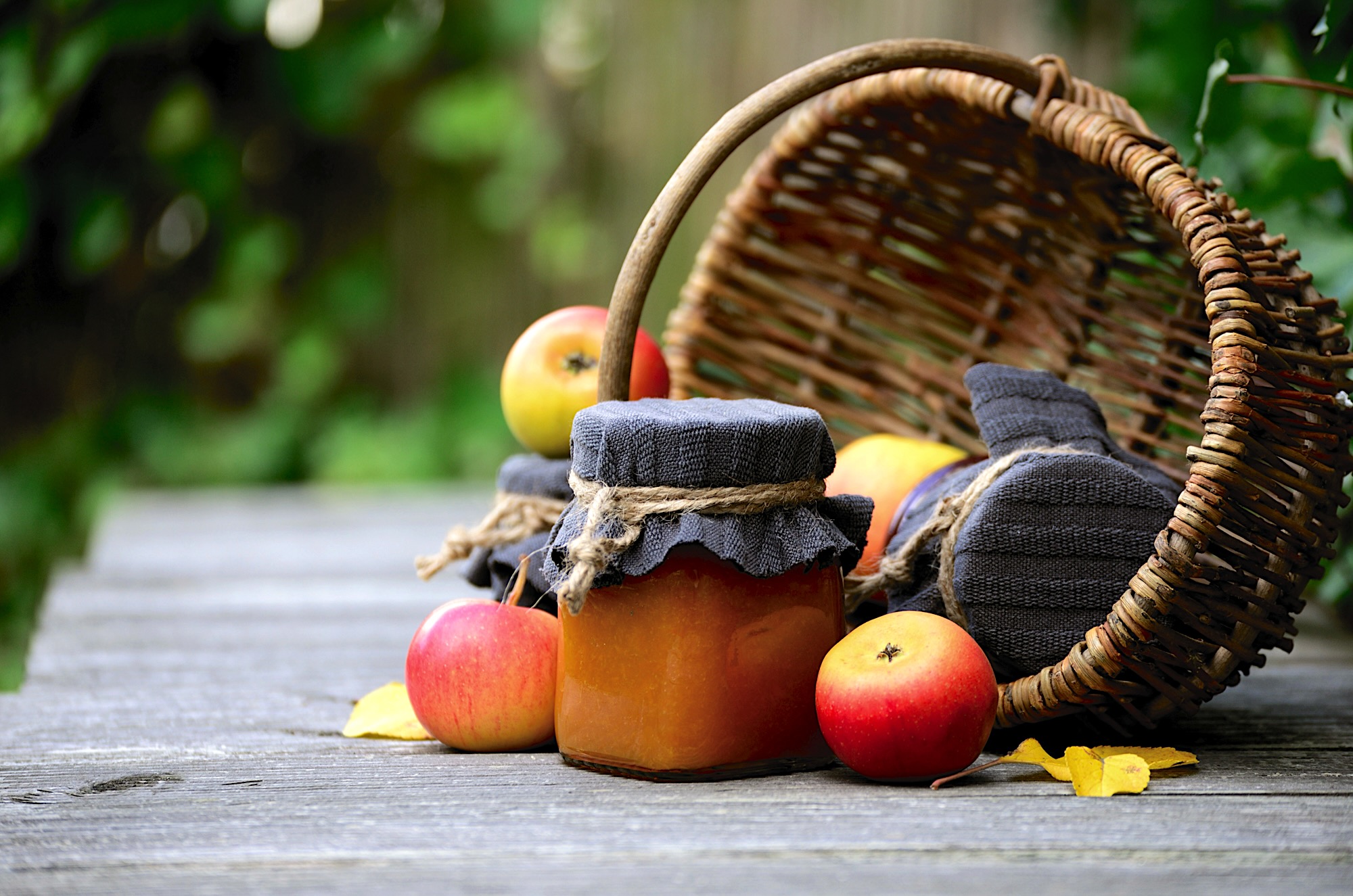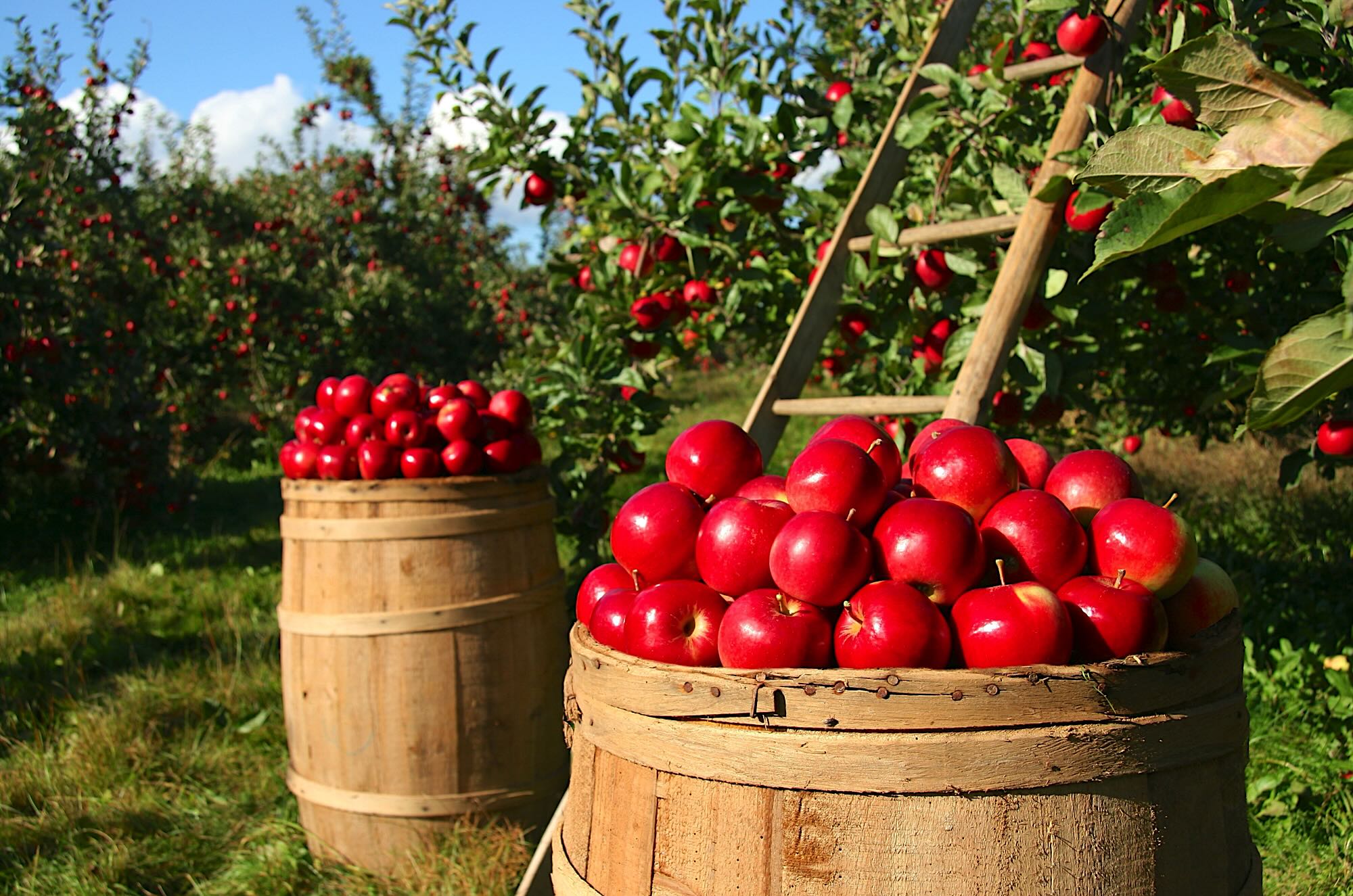July is the month of hammocks, bar-b-ques, and lazy afternoons by the pool or the lake. It’s also a good time of year to inspect your home and do some relatively simple tasks to keep everything in good working order.
Task 1: Caulking and sealing
Invermere’s dry summer months are the perfect time to vacuum out crevices and inject sealants. A good seal is critical to getting the most out of caulking and dry surfaces will allow acrylic sealants to set properly. Using caulk to seal cracks and openings in your home is one of the easiest and cheapest ways to prevent moisture problems in the structure. By making your home more airtight, you’re also keeping heating and cooling costs to a minimum. Pay attention to areas around doors, windows, attic access panels, and outlets on outside walls. Apply aluminum tape to the joints of ductwork and save money by keeping heated air from leaking into the attic and basement.
Task No. 2: Scrub the decks
Prime your outdoor space for backyard barbecue blowouts by decluttering and deep-cleaning. Use a broom, leaf blower, or wet-dry vacuum to remove debris from all patio surfaces. Next, tackle the furniture. Use a mixture of warm water and dish detergent to gently wipe down furniture cushions before leaving them out in the sun to dry. Wash the umbrella and leave it open to dry. Finally, wash the patio furniture frames with soapy water, and rinse everything off with a hose.
Task 3: Sanitize the pool
A clean pool is important for the health and safety of swimmers. Keep the water clear and polished by using the right chemicals at the right time and on a pre-set schedule. Test the pH level every week to ensure you have the cleanest and safety water. Follow the manufacturer’s instructions on how and when to shock the pool (sterilization of the water). If you’re not sure how to maintain a pool, consider using a local Invermere or Golden BC service instead of DIY.
Task 4: Inspect the windows
Inspect screens for holes or signs of separation, especially around the edges where screens can slip out from under the rubber trim ring. Screen repair kits are available to patch holes and replace worn gaskets. Wood windows should be inspected at least twice a year to catch problems before they start. Vinyl windows can be inspected less frequently. Test the sashes to make sure they move freely. Apply a quality silicon lubricant to crank openers to reduce friction. This is also a good opportunity to vacuum the tracks, inside and out.
Task 5: A checkup for the washer and dryer
Wash the exterior of both units with a mild detergent and warm water. Use an old toothbrush to detail the crevices and controls. It’s amazing what a bit of detailing will do for old and new machines. Front load machines sometimes benefit from regular sanitizing if you can detect a slight moldy smell between laundry days. An empty load with diluted bleach instead of soap will take care of it. Wipe the gasket to remove any buildup. Clean the dryer drum with detergent and warm water then dry to remove all traces of cleaner. Be sure to wipe the moisture sensors (check your owner’s manual). If you can, pull the dryer away from the wall and vacuum the exhaust vent. You might want to hire a professional to vacuum the dryer hose all the way to the outside wall. Replace vinyl dryer hoses with fire-resistant foil hoses for safety. Watch a short video on washer and dryer maintenance from This Old House.
Task 6: Drain your water heater
A water heater is designed so that sediment collects at the bottom of the tank instead of being sent to the taps. It does this with a space between the bottom and the outlet tube. It’s a good idea to drain the sediment from the tank using the garden hose connector all tanks have. To drain the water, turn off the power or gas to the unit, close the cold water supply valve, and connect a garden hose. You might want to turn off the power to the unit the night before so the water isn’t scalding hot. Open the drain valve first then the pressure relief valve. When the tank is empty, open the cold water intake valve and flush until the water runs clear from the hose.
Task 7: Plant autumn vegetables
Mid-summer is the time to choose and plant vegetables for winter harvest. Some vegetables suitable for mid-summer planting in the Inveremere and Columbia Valley area include beets, broccoli, carrots, cauliflower, kale, and spinach. Check with your local garden centre for more recommended vegetables. To get started, take out any plants that have stopped producing or are in decline. Prepare the soil with fresh compost. You might want to start seeds inside where the air conditioning is kinder to young seedlings. Or, plant seeds directly in the garden but at slightly deeper levels. Water often and deep to keep the summer sun from drying out young plants.
Questions about home maintenance? Contact a sales representative for more information on how to prepare your home for sale.





